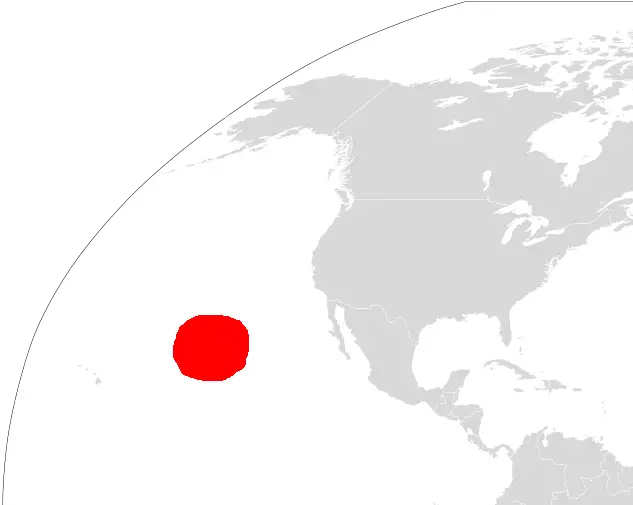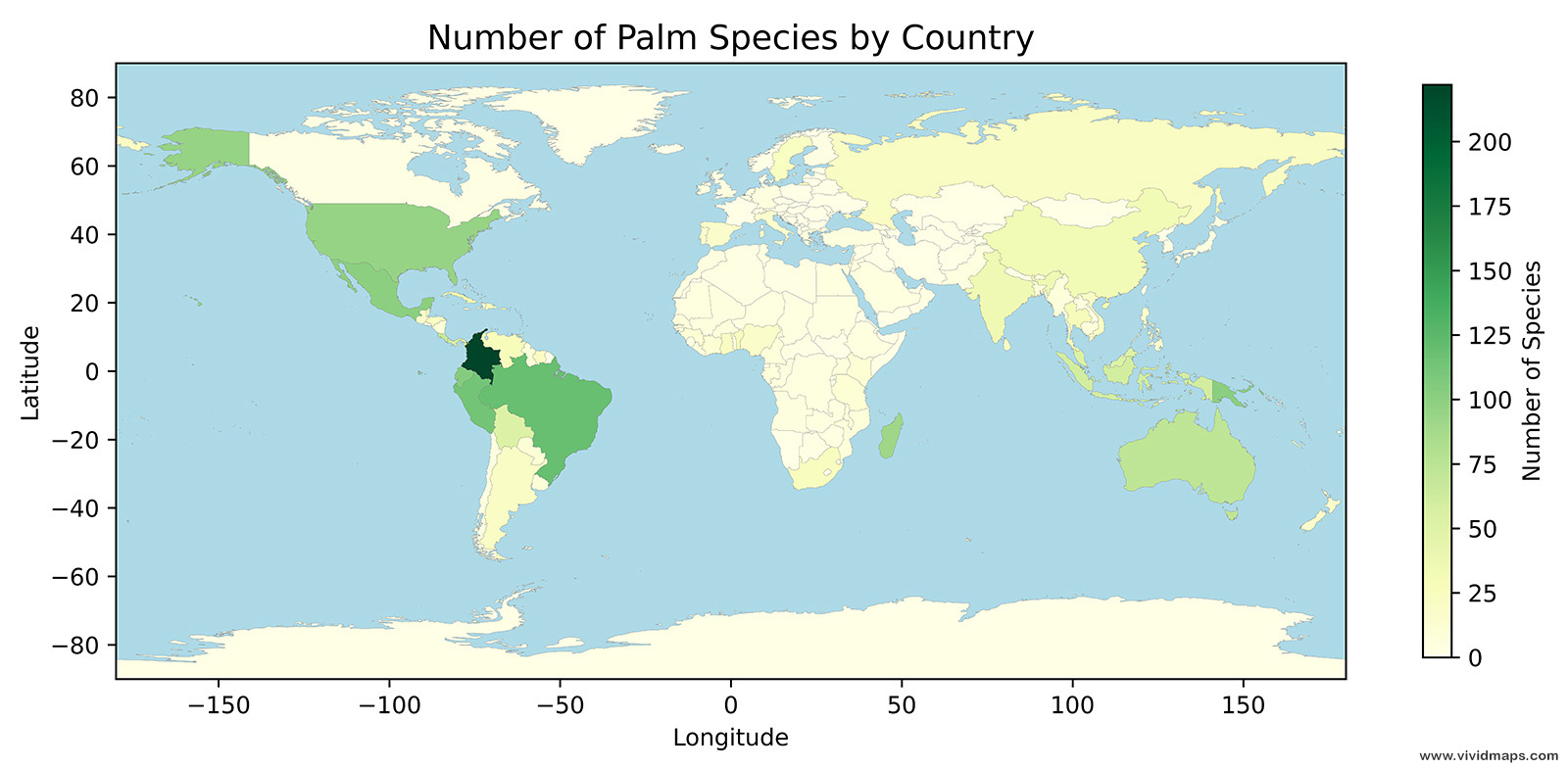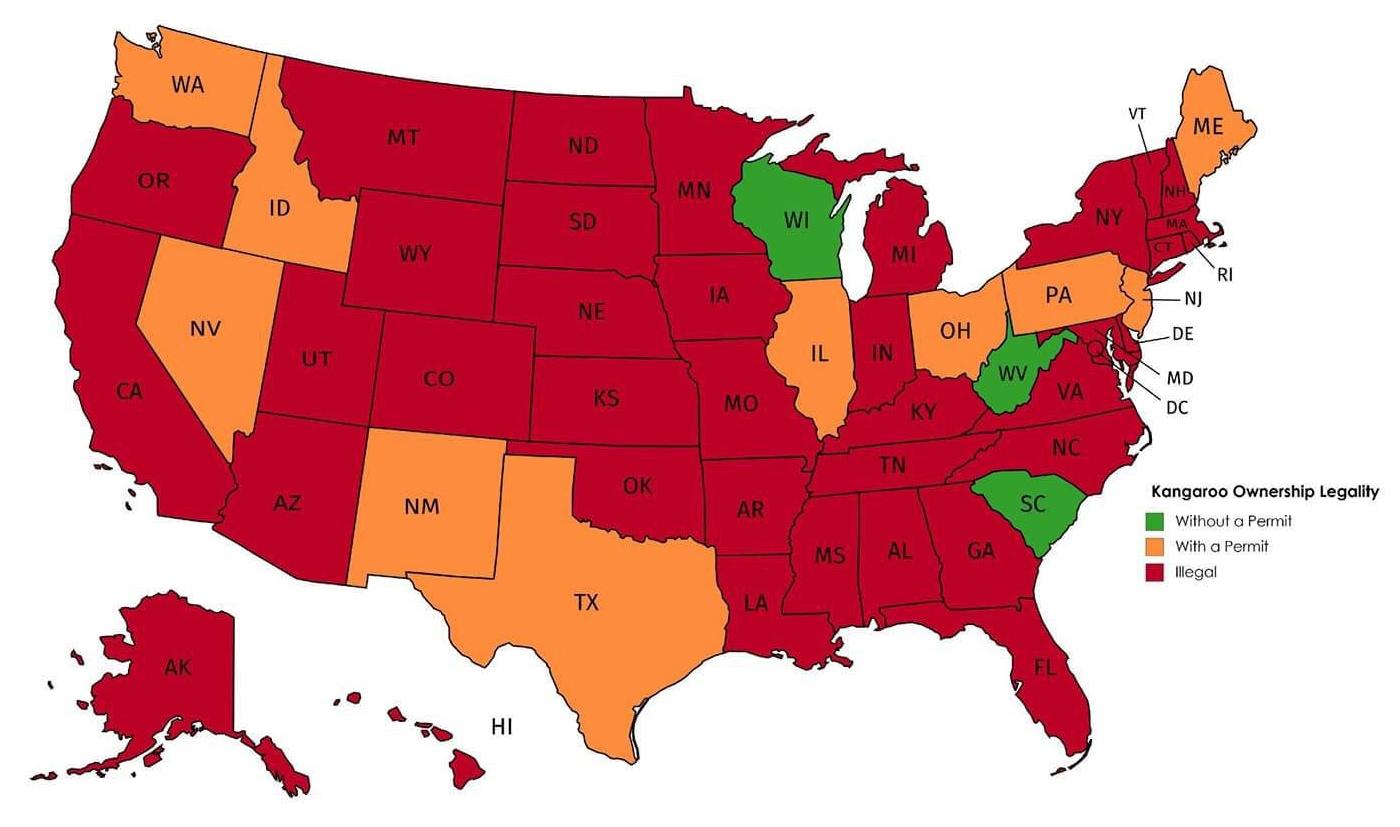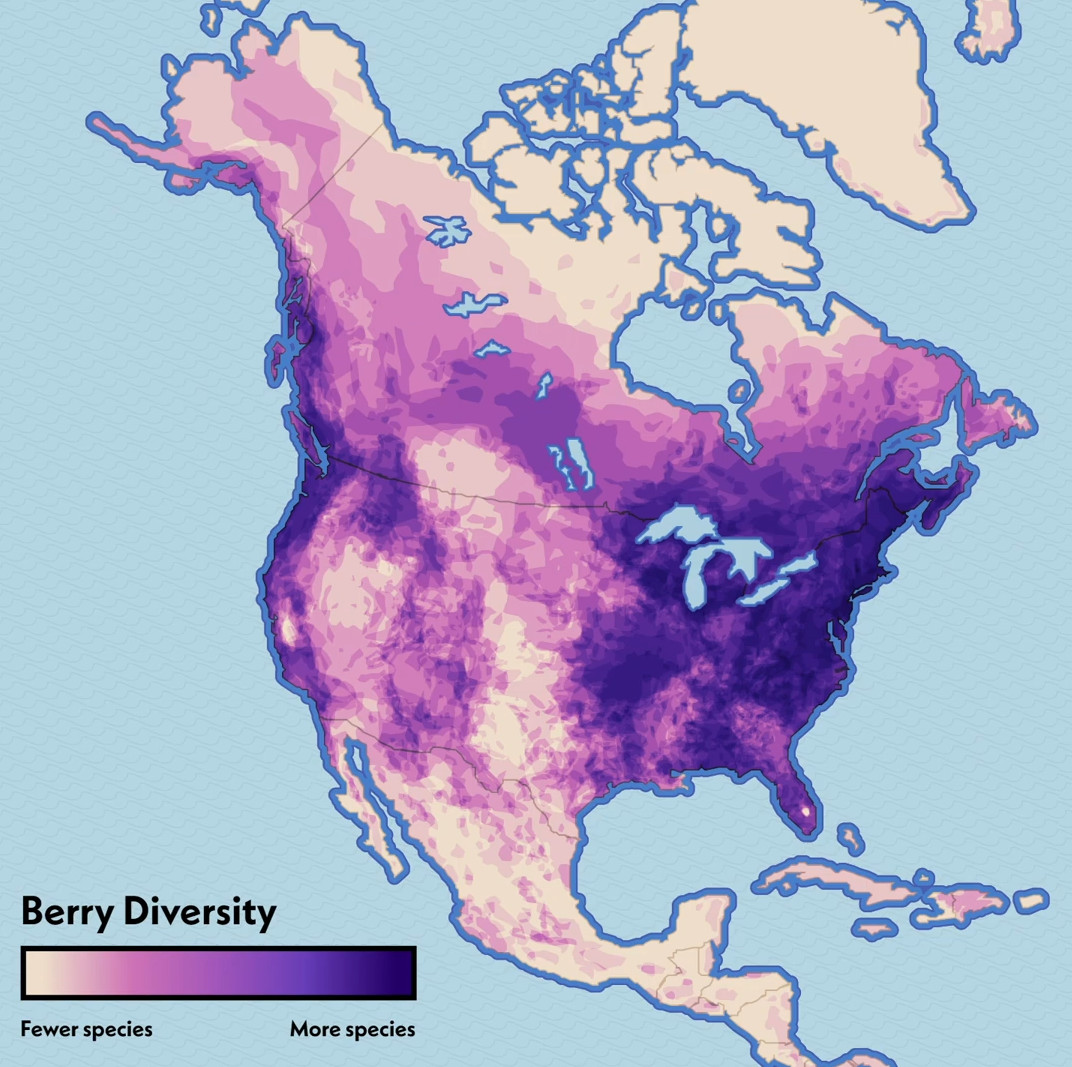A Shark’s Secret Hideaway: Exploring the White Shark Café on the Map
Great white sharks have long captured the imagination and fear of people, thanks to their apex predator status and their association with rare but high-profile shark attacks on humans. While the likelihood of encountering one is minimal, their size, power, and hunting efficiency make them a species of fascination—and caution.
Now imagine a seemingly barren patch of the Pacific Ocean transforming into a hub for these giants of the deep. That’s exactly what happens at the White Shark Café, a remote area halfway between Baja California and Hawaii. This unique location is a migratory hub for great white sharks, and researchers have been uncovering its mysteries for decades.

Located about 2,500 kilometers (1,553 miles) west of Baja California and 2,500 kilometers (1,553 miles) east of Hawaii, the White Shark Café spans a 250-kilometer (155-mile) radius. Originally thought to be a “desert” in the ocean, this area has since been found to host a thriving deep-sea food chain that supports these sharks during their migration.
Research led by Stanford University in 2002 revealed that sharks from coastal feeding grounds—like those near California and Guadalupe Island—travel for about 100 days at speeds of 1 meter per second to reach the Café. While there, the sharks perform frequent dives to depths of up to 460 meters (1,500 feet) every 10 minutes, with some dives during migration reaching a staggering 914 meters (3,000 feet).
But why do these sharks undertake such an extraordinary journey? Researchers suggest two main reasons: access to abundant food and, possibly, mating.
The consistent migration pattern—leaving coastal feeding grounds in winter, staying at the Café through spring, and returning in the fall—aligns with the breeding season of elephant seals, a key prey species. This seasonal behavior highlights the importance of the Café in the sharks’ lifecycle.
The White Shark Café not only underscores the complexity of marine ecosystems but also reminds us of the delicate balance required to protect these apex predators and their habitats. Would you explore this area—even if only virtually through maps? Share your thoughts below!








